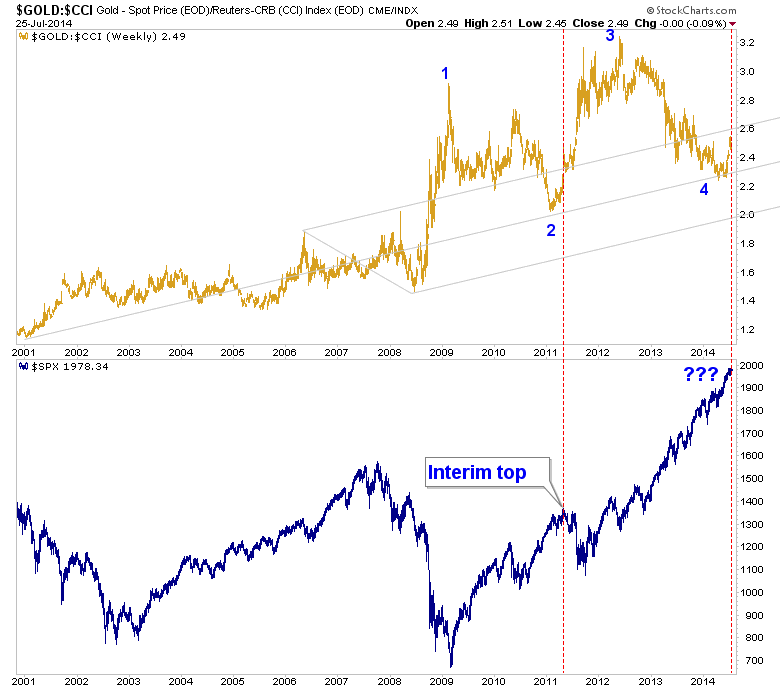IS GOLD REALLY AN INFLATION HEDGE
Post on: 20 Май, 2015 No Comment

We often hear the phrase that gold is an “inflation hedge”. If gold were the perfect inflation hedge, then changes in gold prices would be perfectly contemporaneously correlated with the rate of inflation. Is this actually true?
Gold vs. realized inflation
The chart below shows the inflation rate (CPI Yoy) vs. the one year change in the price of gold. Its clear that the lines seem correlated back in the 70’s and 80′s, but lose their relationship in the past decade. This makes it difficult to believe that the recent increase in price of gold has been solely due to a change in realized inflation and weakens the case for gold as a good inflation hedge.
Gold vs. inflation expectations
One might reason that it is not realized inflation that gold is a hedge for, but the expected inflation rate. Below we show the same graph of gold prices, but this time we compare it to the University of Michigan Survey of Inflation Expectations 10 years out. Again, we see a correlation in the 70’s, but none in the past decade.
Gold vs. Breakeven rate
Just to be thorough we’ll assume that it is conceivable (though frankly not probable) that because the Michigan Inflation Sentiment surveys the general population, the survey results are not representative of inflation sentiment amongst financial market participants. In the graph below, we show gold prices vs. the 30 year breakeven inflation rate (the breakeven inflation rate is calculated from the difference in yields from 30 yr inflation linked bonds and treasuries). You see that in recent years the implied inflation rate 30 years out is only
2%, which is in line with inflation expectations in the previous decade and does not signify high inflation expectations.
Gold vs. Federal Reserve Balance Sheet
One sometimes hears that the recent increase in value of gold is due to the radical increase in the size of the Fed’s balance sheet, but for one reason or another, this hasn’t been reflected in the inflation expectations of the market. Here is a graph showing changes in the size of the Fed’s balance sheet alongside gold prices. Again, we do not see any compelling relationship. The increase in the Fed’s balance actually coincided with a decrease in the price of gold and prior increases in Fed’s balance sheet did not coincide with increases in the price of gold.
Conclusion
There isn’t much empirical evidence to make one believe that the decade long gold rally has exclusively to do with either realized inflation, inflation expectations or the federal reserves balance sheet. However, based upon our previous post about the macro exposure obtained by buying/selling gold, thinking of gold simply as a hedge for inflation may miss the bigger picture. The fundamental reason gold has value is that it is an alternative to paper currency, and what makes gold attractive to hold vs. a paper currency is what it yields on a real basis. While high inflation rates might be one variable that goes into determining whether a currency is attractive to hold, it is likely not the whole picture. It is key to understand that the exposure you obtain from buying/selling gold is not exclusively linked to the inflation rate.
Got a comment or question? Feel free to contact Cullen via email here or on Twitter here.














